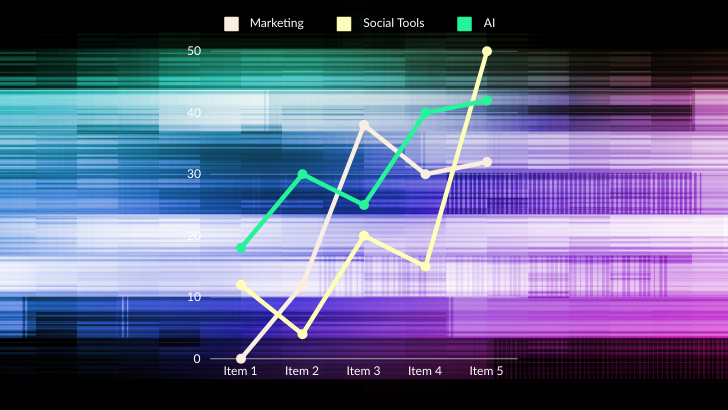MassTLC and MindWise Innovations have come together to provide a four-part behavioral health series to help tech executives better navigate the psychological safety and anti-stigma requirements in today’s workplace. Learn more and register here.
This post was written by MindWise Innovations.
__
What is Behavioral Health?
Behavioral Health includes mental health and substance misuse and can range from strong wellbeing to significant emotional and behavioral struggles.
Mental Health
> Refers to emotional, psychological and cognitive functioning.
The most common mental health problems are anxiety and depression, although mood disorders like bipolar and eating disorders are also mental health issues.
Post-Traumatic Stress Disorder (PTSD) is a specific type of anxiety that happens after people experience a traumatic event, such as:
- physical or sexual assault
- witnessing violence
- experiencing suicide
- a natural disaster
Substance Misuse
> Refers to using alcohol and/or drugs in a way that is excessive and interferes with relationships or the ability to get work done.
People can have alcohol or drug problems whether they misuse on a regular basis or binge use a few times a year in a way that is dangerous or harmful to themselves or others.
For example, driving while intoxicated, aggressive actions toward others, putting a child, family member or friend’s life at risk, are all examples of dangerous behaviors.
What does depression, anxiety, and trauma look like?
We all fall somewhere on the behavioral health continuum, and how we are doing mentally and emotionally changes, so it’s important for us to know the signs:
Depression:
|
Anxiety:
|
Trauma:
|
What Needs to Change?
How we think about behavioral health has to change. What often gets in the way of understanding and help-seekeing is stigma.
Stigma means we have a negative association with a certain idea; many people feel they will be judged or treated differently if they talk about their mental health struggles.
The first step in reducing stigma and providing support is to start the conversation about what mental health and substance misuse look like, how to talk about it and what can help. Remember that mental health is a part of overall health.
Myths and stereotypes also get in the way of help seeking. Myths are often untrue and can even be damaging, for example the idea that: Asking if someone if they are suicidal will put the thought in their head.
WHEN IN FACT, if a person is not suicidal, asking about it does not make them feel that way.
CULTURE ultimately reduces stigma and empowers our industry to use company or union benefits without fear. The good news is more and more companies are talking about mental health and providing benefits to the workforce.
How socializing behavioral health conversations will help ourselves, co-workers, and friends.
Employers have a unique opportunity to make a positive impact and improve the mental health of employees. Research shows that when employers initiate and support treatment for mental health disorders and prescription drug addiction, it’s more effective in the long term than at the urging of family or friends.
Knowing how to access support is a key factor in supporting workplace mental health. Employee Assistance Programs (EAP) is a covered benefit for many companies.
Supervisors should become familiar with their organizations EAP and be prepared to guide employees if needed.
Make sure employees know their benefits and where they can go for help.
Most employers and trade groups offer access to specific EAP of insurance benefits. EAPs offer mental health and substance abuse counseling, and most offer 4-6 sessions at no cost.
> Make Human Resources Available if employees want more information about EAPs and employee benefits.
EAPs are confidential and private. Make sure employees know that what they talk about with their EAP counselor is confidential.
Copyright © 2020 MindWise Innovations®, a service of Riverside Community Care



